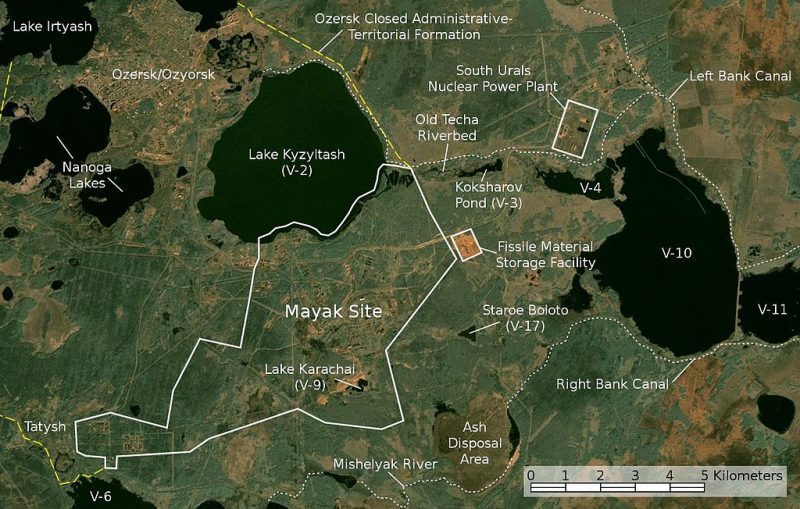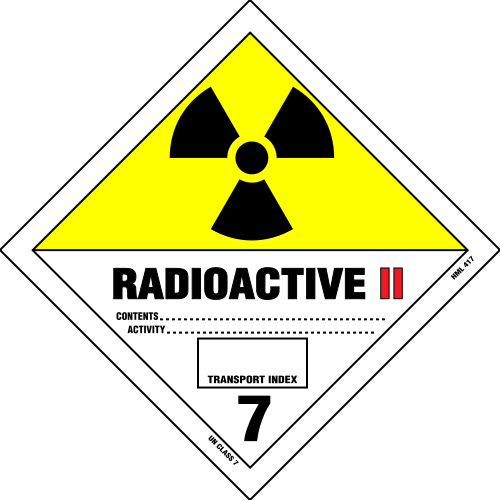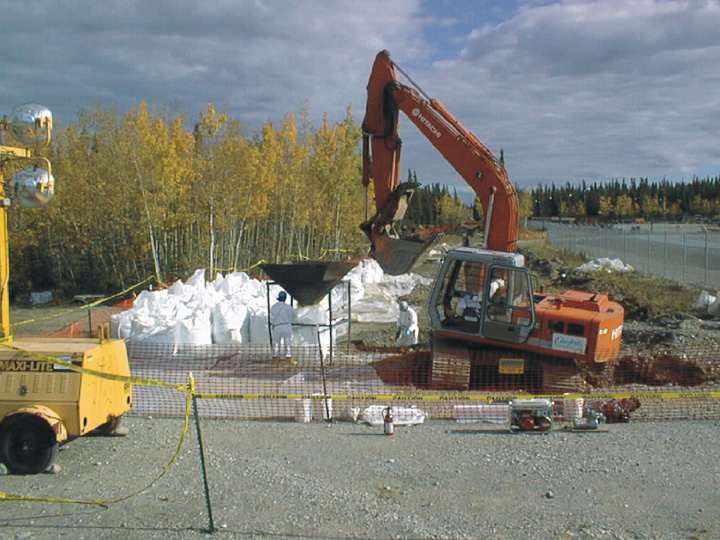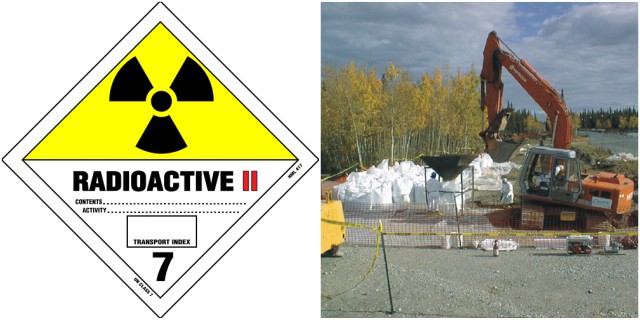Lake Karachay is located in the southwest Chelyabinsk region of Russia, close to the border with Kazakhstan in the Ural Mountains. Located within the Mayak Production Association, one of the largest and leakiest nuclear facilities in Russia, this lake is so tainted by radiation that it’s considered the most polluted place on earth.
Mayak was kept as a secret by the Russian government until 1990. Built in the 1940s after World War II ended, it was one of the most important nuclear weapons factories in Russia. No one heard about Mayak for around 45 years, and it was inaccessible to foreigners until 1992 when President Boris Yeltsin signed a decree that opened up the area for scientists. It was immediately declared the most polluted area on the planet.

In 1990, just standing on the shore of Lake Karachay for an hour would give a radiation dose of 600 roentgen, more than enough to kill.
The damage done by poor nuclear waste management was horrific. When Mayak’s existence was officially acknowledged, the region of Chelyabinsk was found to have a 21 percent increase in cancer cases, a 25 percent increase in birth defects, and a 41 percent increase in leukemia.
The Russians dumped radioactive waste into the nearby Techa river regularly, and when the damage was done 23 out of 40 local villages had to be evacuated.

The population of the region suffered from radiation sickness, but while the cause was obvious doctors were prevented from mentioning radiation in their diagnosis, instead having to call the sickness “special disease.”
Since Mayak engineers weren’t concerned about safety and the facility suffered several major accidents in the Fifties and Sixties, they stopped dumping nuclear waste into the nearby lakes by the mid-fifties. However by this point most of the damage was already done. As an alternative they started pumping the waste into a row of vats, but these exploded with a force equivalent to about 85 tons of TNT. The radioactive dust spread isotopes of cesium and strontium over 9,000 square miles, adversely affecting the food supplies of around 270,000 Soviet citizens.

Another incident occurred when Lake Karachay dried up and radioactive dust from the lakebed blew all over the nearby villages. The engineers thought that anything dumped in this lake would remain there permanently, unfortunately, this didn’t occur. Next the toxic dust spread, peppering about 900 square miles of land with strontium and cesium.
As a result of these incidents, large areas of Chelyabinsk remain uninhabitable to this day. After more than 20 years since Mayak started appearing on maps again, it’s said that you can stand on the shores of Lake Karachay and not die. None have taken the risk to prove this true so far.
